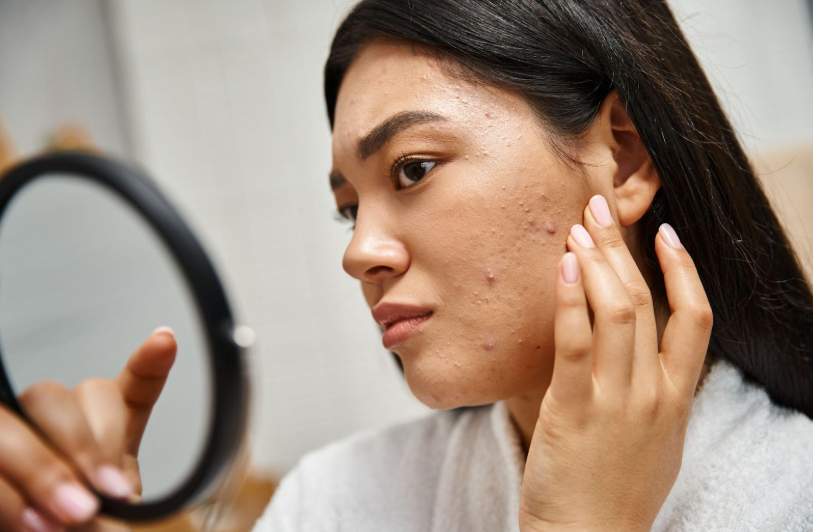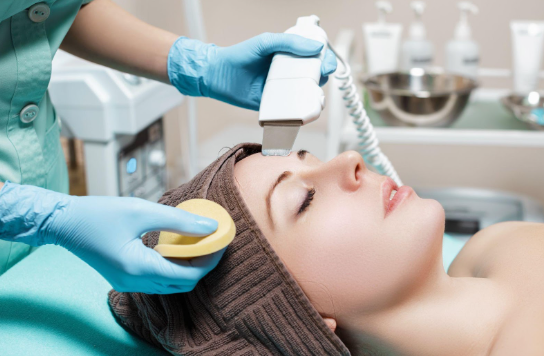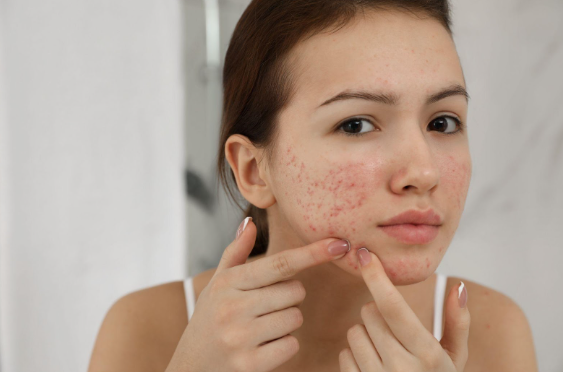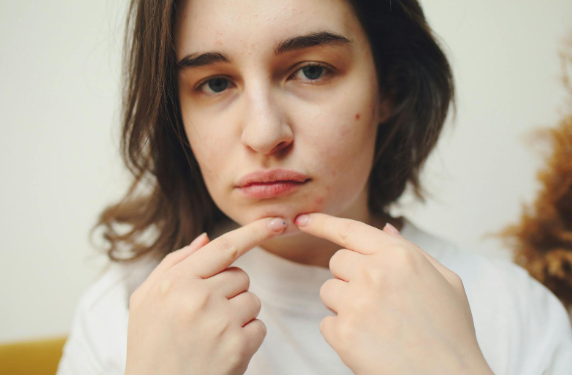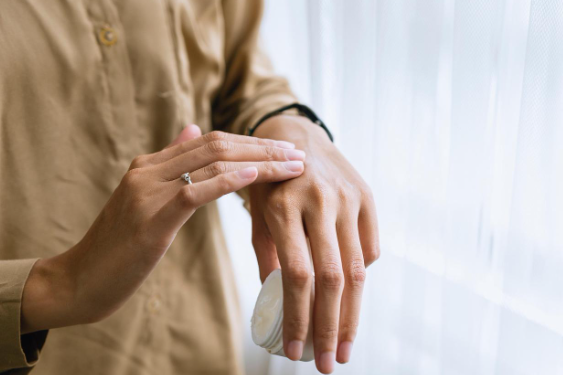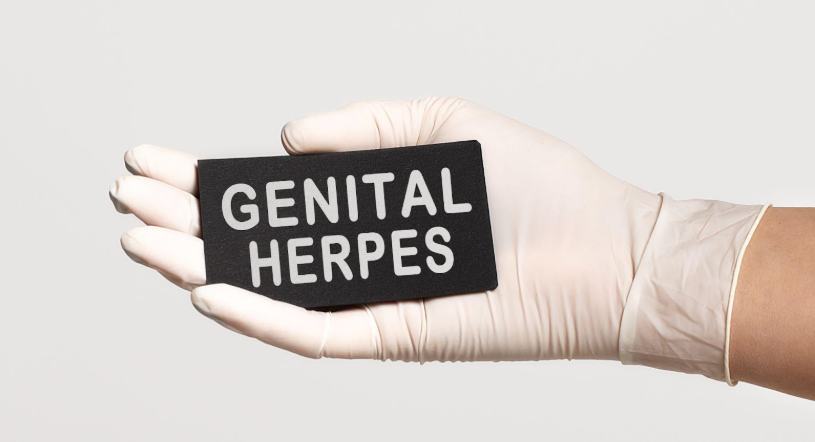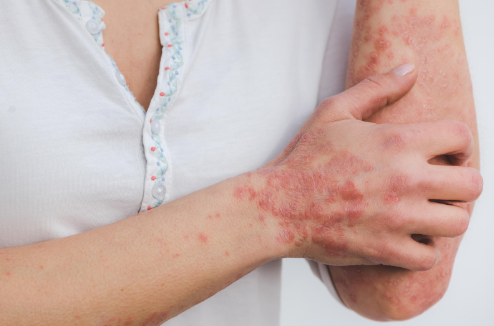Does your skin not look as young as it once did? If not, know that you are not alone in your struggle. Some individuals have beautiful skin and are able to fight off age longer than others, but eventually we all are decorated with saggy skin and age lines. Much of what determines when those age lines begin to show, and when other signs of aging skin become apparent, are the habits of an individual’s daily life. In this blog we will be discussing the variety of evidence of aging skin, what accelerates it, what can be done to prevent it, and what can be done to hide it. Exposure to UV radiation is the most preventable cause of early skin aging because it can easily be avoided. Dermatologists sound like broken records when it comes to UV light and warnings of reducing the time spent exposed to it, but it is something that people tend to listen to with a grain of salt (until they have deep wrinkles or are diagnosed with skin cancer). The most effective ways to prevent wrinkles and sun damage are seeking shade, wearing protective clothing, and regularly using broad spectrum sunscreen with SPF 30 or greater.
Types of Skin Aging
Wrinkles:
How wrinkled your skin becomes depends on a myriad of factors including your skin type, genetics, and a long history of unprotected sun exposure and use of indoor tanning equipment. Individuals with fair skin who have a history of UV exposure are particularly susceptible to wrinkles, skin damage, and skin cancer. There are numerous studies that illustrate the damage done to DNA in skin cells when exposed to UV radiation. This in turn can lead to premature skin aging and, again, skin cancer.
Aging Spots:
Age spots are flat, brown marks on the skin. Also known as lentigines, they usually appear on the face, back, chest, back and tops of the hands and feet. Like wrinkles, age spots are caused by exposure to UV radiation. If aging spots run in the family, it will behoove you to take caution to avoid excessive ultraviolet exposure.
Skin Care Products & Ingredients
There are many over-the-counter products and cosmetic procedures that are available to treat the many signs of aging. Pine Belt Dermatology offers many treatments and products that could help. Visit the links below to our previous blogs that discuss the different options available to you:
Conte on cosmeceuticals: http://www.pinebeltderm.com/blog/cosmeceutical-facts-your-skin
Kristen Richardson, PA-C on fillers: http://www.pinebeltderm.com/blog/the-needle-is-the-new-knife
Lauren Aycock, FNP-C on chemical peels: http://www.pinebeltderm.com/blog/c-is-for-chemical-peel
Lauren Aycock, FNP-C on Botox therapy: http://www.pinebeltderm.com/blog/b-is-for-botox
While Pine Belt Dermatology & Skin Cancer Center offers many services that could help reduce and treat age lines, much of what will help prevent having to purchase these services, or help prolong the effects of the above listed treatments, is by being proactive in using sunscreen and moisturizer. Sunscreen and moisturizer should be applied regularly to prevent and treat signs of aging. Some of these products contain ingredients that help minimize the appearance of fine lines and uneven pigmentation. There are numerous topical creams that are FDA approved that can help treat fine facial wrinkles in patients, but these are not as effective in treating deep lines or wrinkles. Some topical creams that are used to refine the skin are only available through prescription. If you do seek out topical creams, be sure they are rich in Vitamins A and C.
Tips for Using Skin Care and Age Line Treatments
- Wear sunscreen every day. UV rays will accelerate the signs of aging. Sunscreens used should be SPF 30 or higher.
- Do not tan… whether it is at the beach or indoor tanning, it will unnecessarily accelerate your skin’s aging and increase your chances of developing skin cancer. If you want to stay away from skin aging, wrinkles, age spots, blotchy complexion, and skin cancer then stay away from tanning.
- Moisturize your skin regularly. These habits will trap water in your skin, which will help reduce the appearance of fine lines and even deeper ones. Such habits will also make your complexion look younger and more voluptuous.
- Use products that you purchase as directed.
- Limit the number of products that you use on your skin. Like anything else, too much of something will often times be counterproductive.
- Give the products that you buy, or even the cosmetic services that you buy, time to work. Most of the products and services available do not work immediately, so don’t discard a product if you do not see immediate results.

